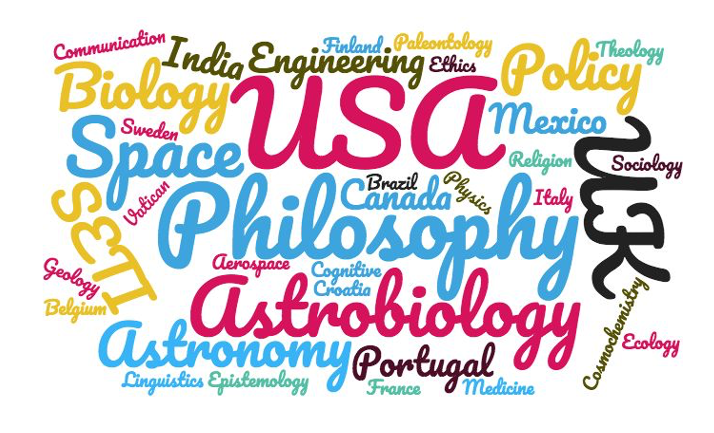
A relational definition of life for Astrobiology
Loading...
Start Date
15-12-2020 10:55 AM
End Date
15-12-2020 11:15 AM
Description
Throughout this paper, I would like to add a new perspective to the conceptual issues in astrobiology by considering Robert Rosen’s relational biology (1934-1998). One of the biggest yet most difficult issues in astrobiology is the definition of life (Cleland & Chyba 2002, Benner 2010) and many different perspectives have been proposed and discussed in the past. Relational biology (Rashevsky 1954, Rosen 1991, Louie 2009) adds a new and interesting one, by considering living entities as formal systems, where what matters are the relations between the components of the system, not the nature of the components themselves. The aim of this paper is to present the originality of the relational definition of life by showing (1) how it differs from reductionist and other holistic definitions, (2) how mathematical tools can be used to abstract a formal model of living being and (3) how it can possibly be translated into different contexts. Questioning relational biology in astrobiology has, indeed, many perspectives to offer. By focusing on the relations instead of the components, one can envision the possibility of living systems made out of very different kinds of materials than the ones we are used to consider. The material substrate upon which life seems to appear on Earth is very diverse and yet common with the non-living realm (CHNOPS). What makes life unique doesn’t imply materiality alone. Furthermore, focusing on what living systems do instead of what they are, brings the opportunity to reconsider the problem of the timescale. Trying to observe if a system is capable of evolution or adaptation (Smith 2017) takes time we don’t have. This limitation could be overtaken by a systemic and synchronic approach of what those systems do, which is exactly that which is propounded by relational biology. Relational biology is a theoretical biology in the sense that it uses mathematical tools, for this reason it has often been ignored in more practical contexts. I believe however that that is precisely its biggest virtue. By using the theory of category to formalize living systems (Rosen 1958), relational biologists created a model that could embrace the diversity of terrestrial life and that might also embrace possible extraterrestrial forms of life, if we ever meet some.
Recommended Citation
Modera, Astrid, "A relational definition of life for Astrobiology" (2020). Society for Social and Conceptual Issues in Astrobiology (SSoCIA) Conference. 18.
https://egrove.olemiss.edu/ssocia/2020/schedule/18
A relational definition of life for Astrobiology
Throughout this paper, I would like to add a new perspective to the conceptual issues in astrobiology by considering Robert Rosen’s relational biology (1934-1998). One of the biggest yet most difficult issues in astrobiology is the definition of life (Cleland & Chyba 2002, Benner 2010) and many different perspectives have been proposed and discussed in the past. Relational biology (Rashevsky 1954, Rosen 1991, Louie 2009) adds a new and interesting one, by considering living entities as formal systems, where what matters are the relations between the components of the system, not the nature of the components themselves. The aim of this paper is to present the originality of the relational definition of life by showing (1) how it differs from reductionist and other holistic definitions, (2) how mathematical tools can be used to abstract a formal model of living being and (3) how it can possibly be translated into different contexts. Questioning relational biology in astrobiology has, indeed, many perspectives to offer. By focusing on the relations instead of the components, one can envision the possibility of living systems made out of very different kinds of materials than the ones we are used to consider. The material substrate upon which life seems to appear on Earth is very diverse and yet common with the non-living realm (CHNOPS). What makes life unique doesn’t imply materiality alone. Furthermore, focusing on what living systems do instead of what they are, brings the opportunity to reconsider the problem of the timescale. Trying to observe if a system is capable of evolution or adaptation (Smith 2017) takes time we don’t have. This limitation could be overtaken by a systemic and synchronic approach of what those systems do, which is exactly that which is propounded by relational biology. Relational biology is a theoretical biology in the sense that it uses mathematical tools, for this reason it has often been ignored in more practical contexts. I believe however that that is precisely its biggest virtue. By using the theory of category to formalize living systems (Rosen 1958), relational biologists created a model that could embrace the diversity of terrestrial life and that might also embrace possible extraterrestrial forms of life, if we ever meet some.

